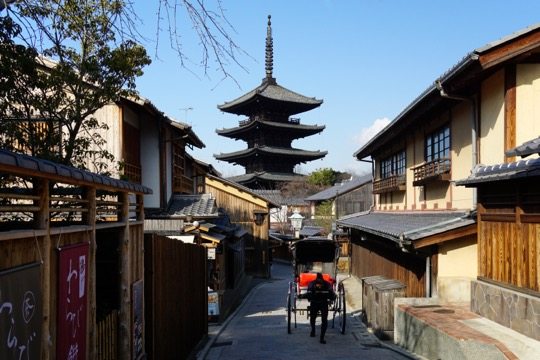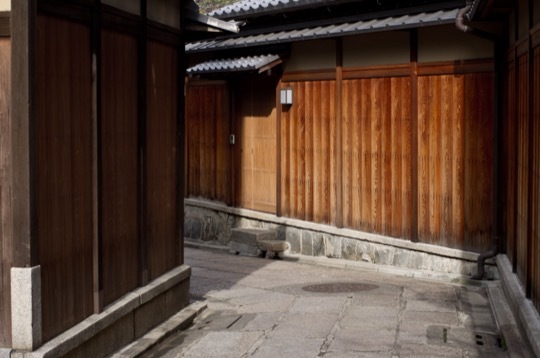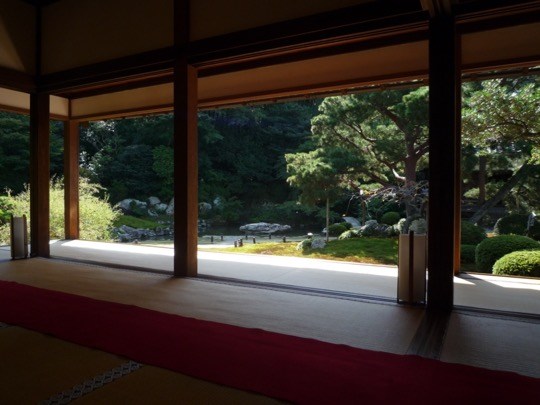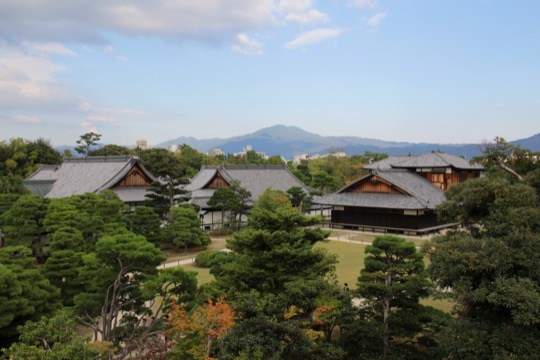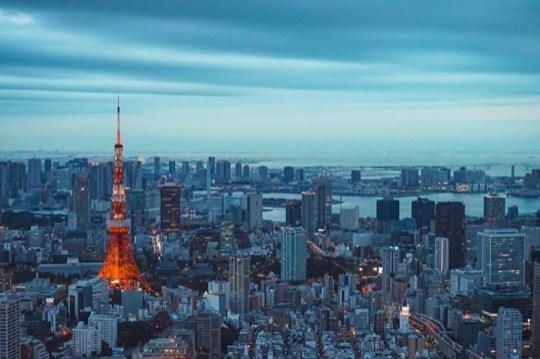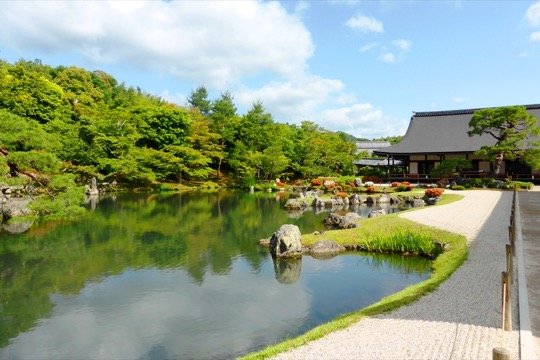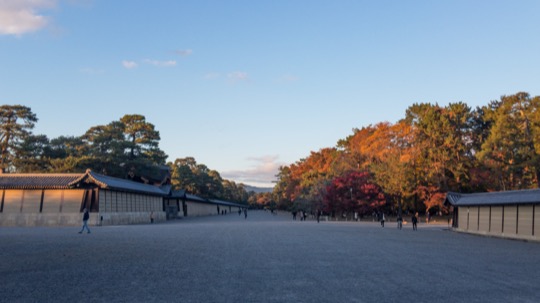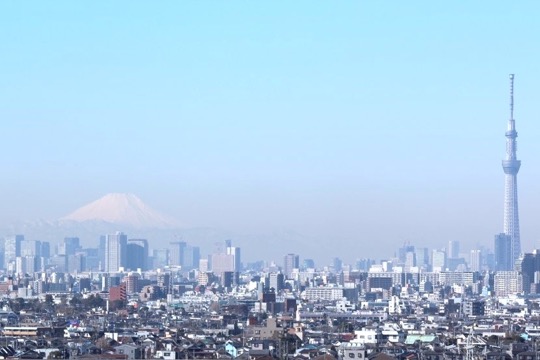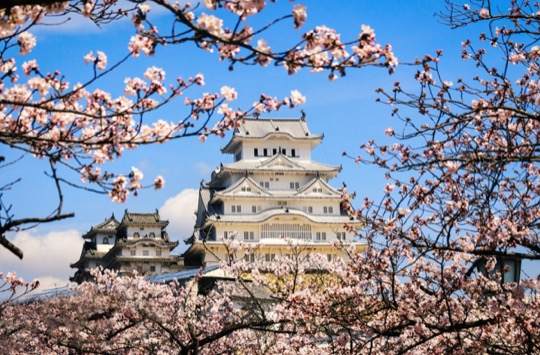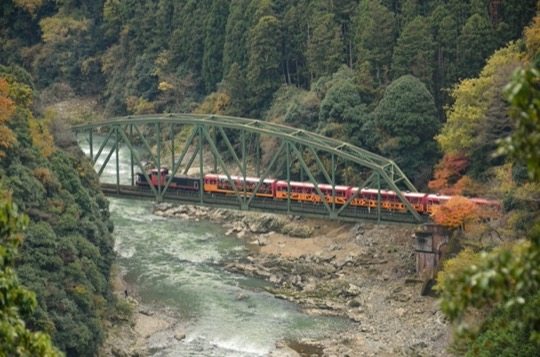Kiyomizudera Temple
Historic marvel of Japanese architecture offering panoramic views and a deep spiritual heritage.
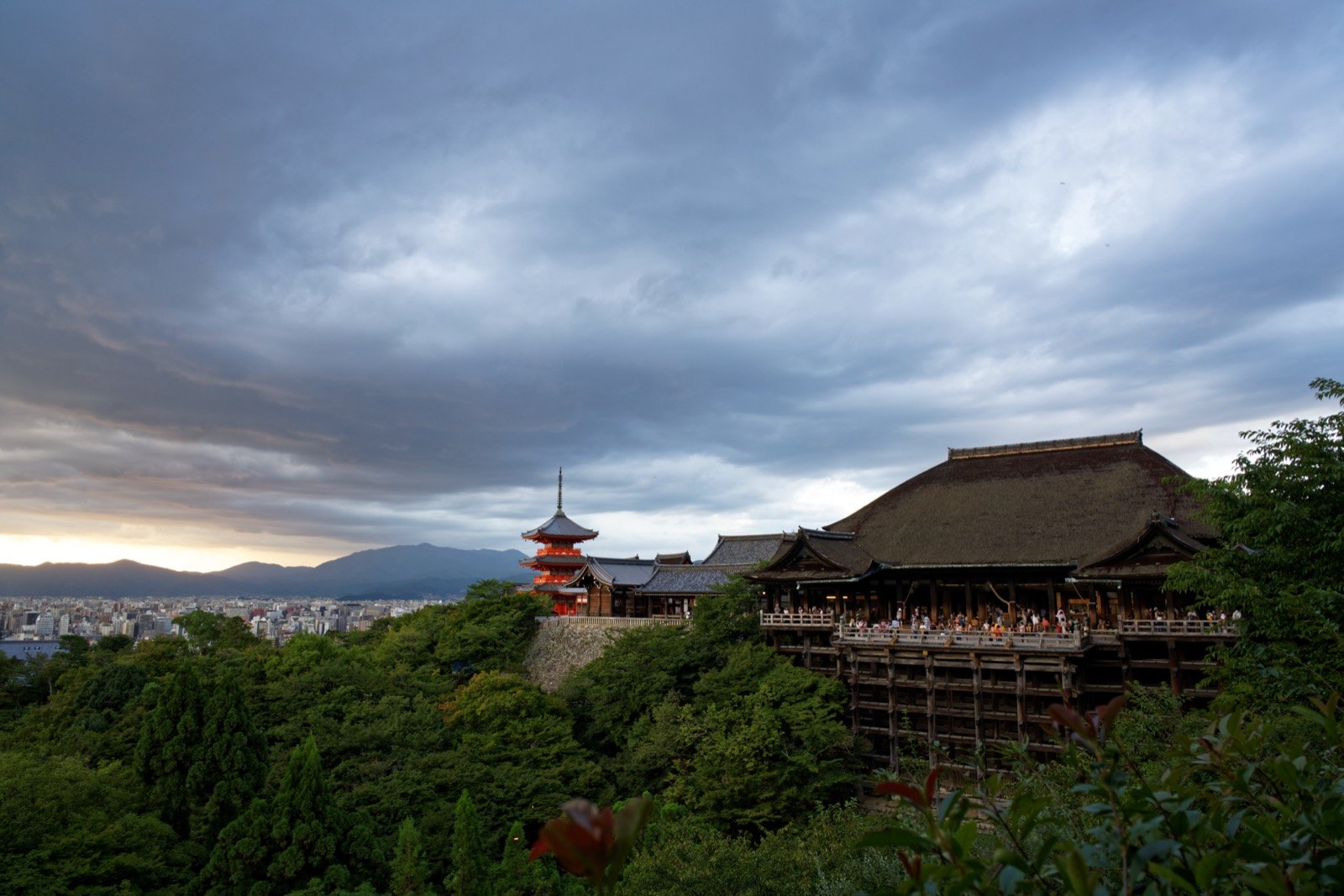
On This Page
Kiyomizu-dera, a prominent Buddhist temple in Kyoto, is celebrated for its wooden construction and panoramic views. Founded in 780, this World Heritage Site exemplifies architectural mastery and spiritual importance. The temple’s main hall, supported by a vast veranda, provides a sweeping view over the city, drawing visitors throughout the year to its cultural and natural splendor.
Established during the early Heian period (794-1185), Kiyomizu-dera has seen various expansions and restorations, contributing to its present magnificence. The temple gets its name, “Pure Water Temple,” from the Otowa Waterfall on its grounds, whose waters are thought to confer health and longevity. The Hondo’s veranda, held up by massive pillars, is a defining element of the temple, offering a commanding view of Kyoto from its elevated platform.
Kiyomizu-dera is a hub of spirituality with many associated structures, including the Jishu Shrine, which honors Okuninushi, a deity of love and matchmaking. The popular custom of walking between the shrine’s “love stones” blindfolded, in the hope of finding romantic success, is a notable attraction.
The temple is also distinguished for its striking seasonal changes. From the Hondo’s stage, visitors can witness the magnificent display of autumn leaves and the blossoming of cherry trees in spring, which creates a dynamic visual feast that complements moments of contemplation and appreciation.
Throughout the year, Kiyomizu-dera is the site of important cultural festivals. The Jidai Matsuri parade is a significant event that offers a glimpse into Japanese traditions. During specific seasons, the temple’s evening illuminations create a magical ambiance that accentuates its allure.
Visitor etiquette is of utmost importance, reflecting the temple’s sacred status. Adhering to customs such as shoe removal in designated areas and showing respect for the temple’s relics ensures a respectful visit. The nearby Higashiyama District adds to the temple experience, with its traditional lanes, shops, and eateries presenting Kyoto’s history.
Exploring the temple’s various halls and subtemples, including the Tainai Meguri and the three-story pagoda, is recommended for a comprehensive experience. The Otowa Waterfall invites visitors to partake in the ritual drinking from its streams, linking them to Kiyomizu-dera’s enduring tradition.
In conclusion, Kiyomizu-dera is not only a beacon of Kyoto’s architectural grandeur but also an active participant in history, welcoming visitors to explore its rich culture and profound spirituality.
Getting There the easiest way to reach Kiyomizudera Temple
Around Kiyomizudera Temple
Nearby in Kyoto the best attractions close to Kiyomizudera Temple
Chionin Temple
A central site for Pure Land Buddhism featuring Japan’s largest wooden gate.
Hokanji Temple
Yasaka Pagoda, symbol of Kyoto and a beacon of tradition and spirituality.
Ishibei-koji Alley
A journey through Kyoto’s history in the traditional Higashiyama district

